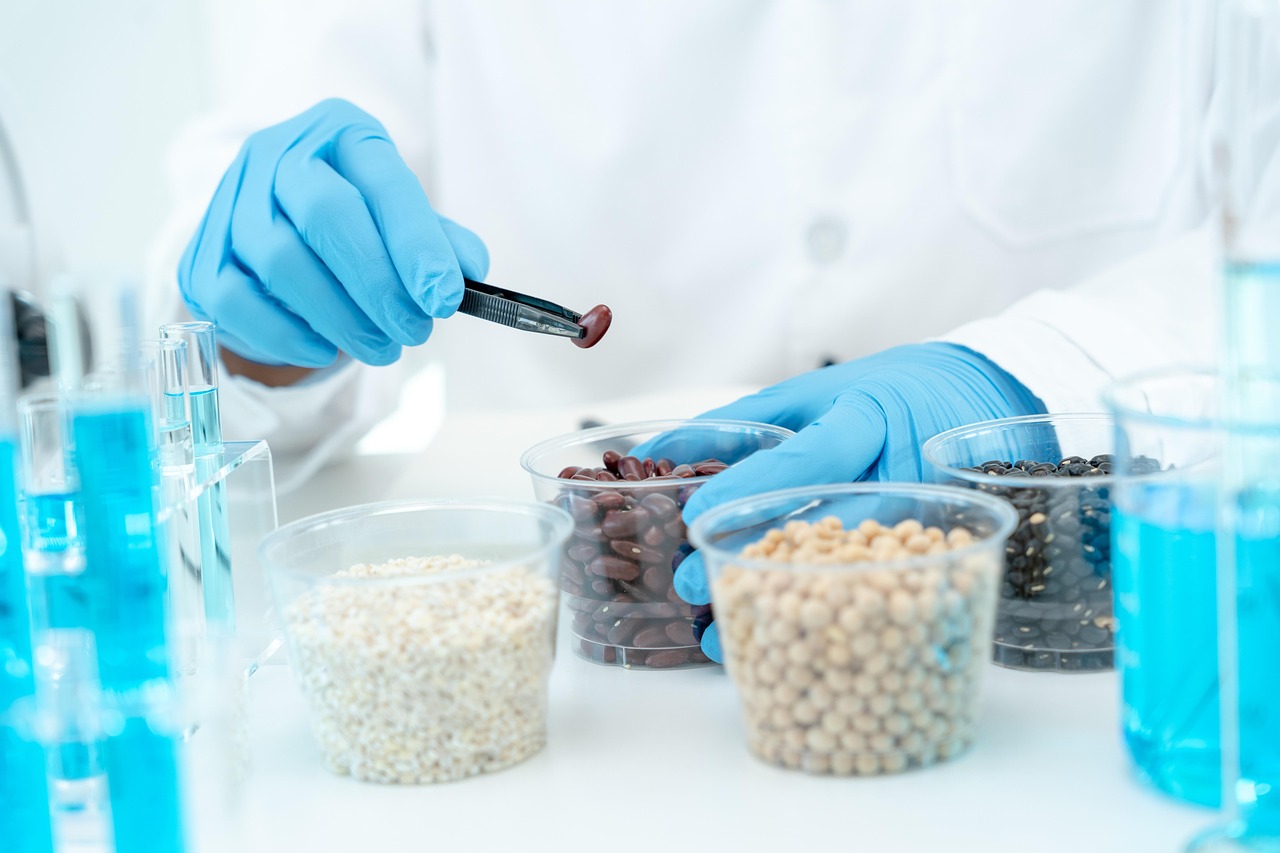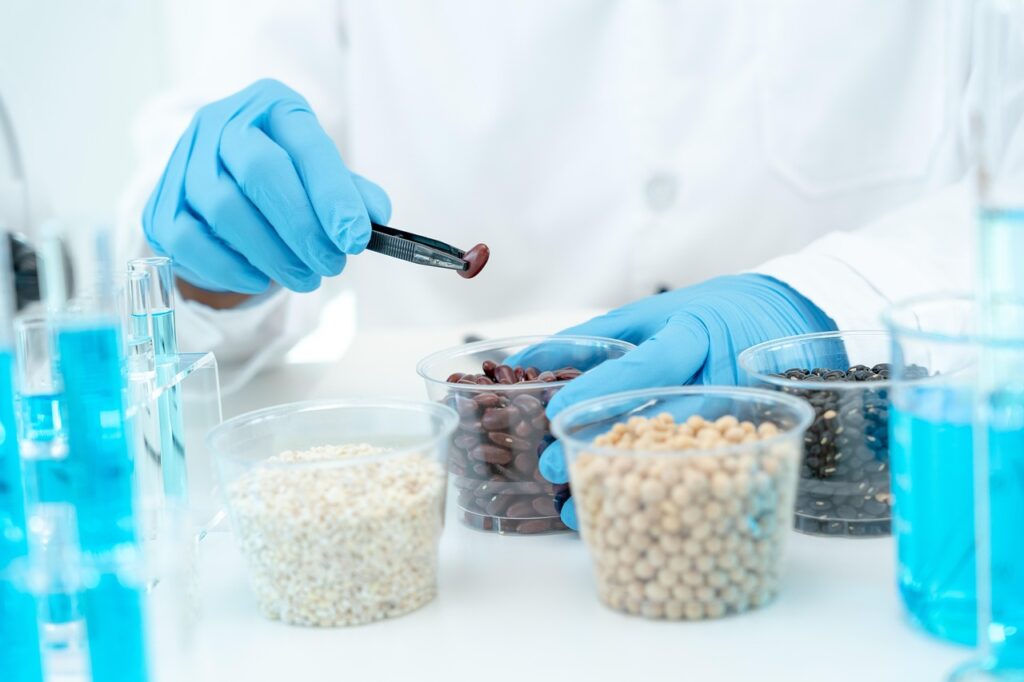In order to make sure that items not only taste nice but also fulfill the required requirements for quality and consistency, texture analysis is essential. Texture has a big influence on how people view food, whether it’s the chewiness of bread, the smoothness of ice cream, or the crunchiness of a potato chip. This blog explores the definition, techniques, and uses of food texture analysis as well as its significance in preserving product quality and satisfying customer demands.
Understanding Food Texture Analysis
The scientific assessment of a food product’s physical characteristics, including its firmness, chewiness, crispiness, and viscosity, is known as food texture analysis. It entails quantifying the response of a food product to stresses such as shearing, compression, or tension. Manufacturers may make sure their products remain consistent across batches by using the quantitative data these tests provide.
A biscuit company, for instance, would like each batch of its product to have the same level of crunch. Manufacturers can determine the biscuit’s breaking force and preserve consistency by using food texture analysis.
Why is Food Texture Analysis Important?
A key element affecting customer happiness and product acceptability is texture. Texture frequently impacts whether a customer would repurchase a product, even though flavor and scent are important factors. Food texture analysis is important for the following main reasons:
1. Consumer Experience
Texture influences the eating experience. A soggy chip or overly tough meat can lead to consumer dissatisfaction.
2. Product Development
During the R&D phase,Texture Analysis helps identify the optimal texture properties that align with market preferences.
3. Quality Assurance
A consistent texture is vital to a brand’s reputation. Texture analysis ensures products meet quality standards across production cycles.
4. Regulatory Compliance
Certain regulatory bodies require food products to meet specific texture parameters, especially in categories like baby food or medical nutrition.
Methods of Food Texture Analysis
Both instrumental analysis (using machinery) and sensory analysis (using human perception) can be used to assess the texture of food. Instrumental analysis yields more reliable, measurable results than sensory analysis, which uses panels of skilled people.
Key Instrumental Methods
1. Compression Testing
Measures a food’s resistance to being compressed. It is ideal for evaluating the firmness of fruits, vegetables, and baked goods.
2. Shear Testing
Measures how easily a food item can be cut or sheared and used for testing meat and confectioneries.
3. Tensile Testing
Evaluates how well a product can stretch without breaking, commonly used for dough or cheese.
4. Texture Profile Analysis (TPA)
A comprehensive test that simulates chewing. It measures multiple parameters, such as hardness, springiness, and cohesiveness.
5. Viscosity Testing
Determines the flow properties of liquids and semi-liquids, such as sauces, soups, or yogurt.
Applications of Food Texture Analysis
1. Bakery Products
Ensuring the right balance between softness and chewiness in bread, cakes, and cookies is crucial. Overly hard or too soft textures can disappoint consumers.
2. Snacks and Confectionery
Crunchiness and crispiness are vital for snacks like chips and crackers. Texture analysis ensures these products meet consumer expectations.
3. Dairy and Frozen Foods
Creaminess in dairy products like ice cream or yogurt is analyzed using texture testing to ensure smoothness and quality.
4. Meat and Seafood
Texture tests determine the tenderness of meat and the firmness of seafood, which are critical quality parameters in these categories.

5. Plant-Based and Alternative Foods
With the rise of plant-based diets, texture analysis helps mimic traditional meat textures in plant-based substitutes.
6. Baby Food and Medical Nutrition
These products must meet strict texture standards to ensure safety and ease of consumption.
Role of Food Testing Labs in India
To satisfy international standards, India’s expanding food industry requires stringent testing. Texture analysis is a common service offered by food testing labs in India. These labs ensure that products fulfill quality and safety standards for a variety of businesses, including restaurants and packaged meals.
For example, food testing labs offer services like viscosity testing for soups and sauces or texture profile analysis for baked goods. These labs, which prioritize accuracy and adherence, are essential to maintaining quality in the cutthroat food industry.
Challenges in Food Texture Analysis
While Food Texture Analysis offers valuable insights, it comes with its challenges:
1. High Equipment Costs
Instruments used for texture analysis are often expensive, making it a significant investment for smaller manufacturers.
2. Complex Sample Preparation
Ensuring uniform sample size and preparation is critical for accurate results.
3. Interpreting Results
While machines provide quantitative data, interpreting it in the context of consumer preferences requires expertise.
4. Variability in Natural Products
Natural food items like fruits and vegetables often show texture variability due to environmental factors, making consistency challenging.
Future Trends in Food Texture Analysis
1.AI and Machine Learning
Advanced algorithms are being used to analyze texture data, providing more accurate predictions and insights.
2. Non-Destructive Testing
Emerging techniques allow texture analysis without damaging the food product, especially for high-value items.
3. Integration with Consumer Feedback
Combining instrumental data with sensory panel feedback helps create products that align closely with consumer expectations.
4. Sustainability in Testing
With a focus on eco-friendly practices, testing labs are adopting sustainable methods and equipment.
Conclusion
In the food sector, food texture analysis is a vital technique for making sure products live up to consumer standards for consistency and quality. Texture testing offers insights that spur innovation and preserve brand reputation in anything from baked goods to plant-based cuisine.
Working with a respectable food testing facility in India can give you the know-how and resources you need for thorough texture research in a cutthroat market. texture appears to have a bright future thanks to technological developments and rising customer awareness, which will drive the industry’s sustainability and quality.
Food producers may keep ahead of the competition by learning about and investing in texture analysis, resulting in consistently delicious products with the ideal texture.











